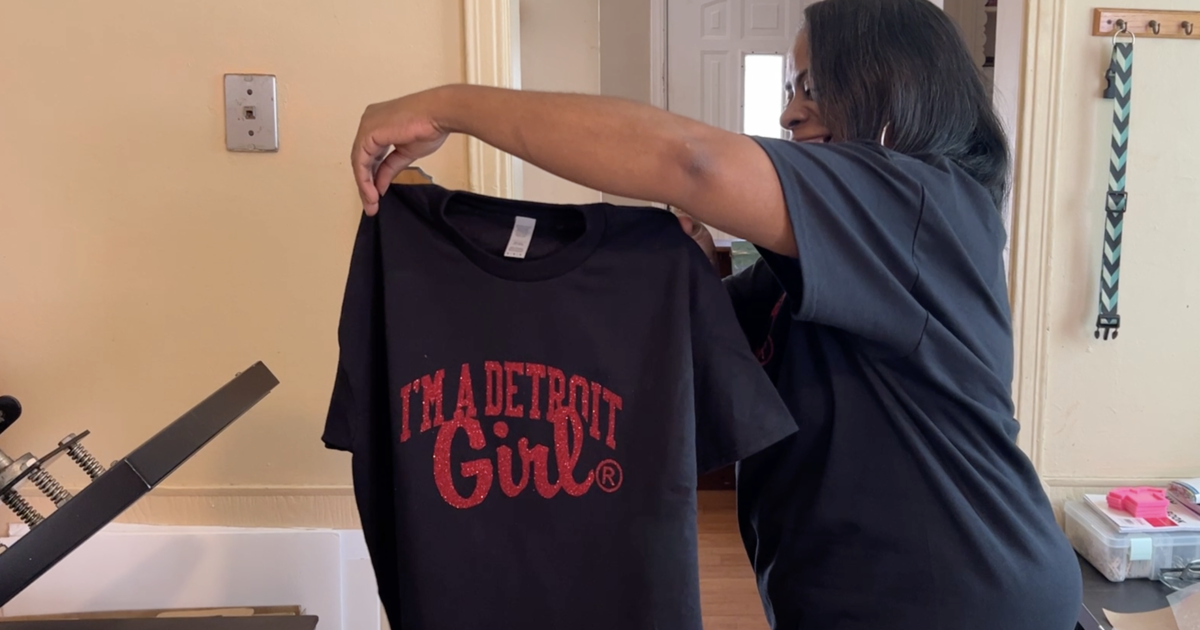Roll With It: The Best Shoes To Avoid Foot And Ankle Pain
By Lori Melton
The average person takes 8,000 to 10,000 steps per day and three out of four Americans experience serious foot problems in their lifetime. Foot and ankle pain can be caused by improperly fitting or inappropriate shoes. Wearing the right shoes can provide better support, and ultimately help prevent pain. Here's a look at some important tips when trying to find the best shoes to promote foot health and prevent pain.
Types of Shoes to Avoid
A lot of people base a shoe choice on fashion. However, many glamorous shoe styles are not good for your feet. High heels, for instance, should be avoided. High heels force all weight-bearing to the front of your foot, which causes pain. Plus, many heels (especially the pointed-toe variety), cram your toes together and lead to bunions, corns, and other frustrating foot conditions.
What about low heels, then? Unfortunately, many low heels carry the same risk of pain, instability and toe-cramming as high heels. Wear them in moderation.
Wearing flip flops is better than going barefoot. However, flip flops and other "flat" shoes, like ballet flats, are not good for your feet because they don't provide any support. Lack of adequate support can cause multiple problems, including plantar fasciitis, Achilles tendinitis and ankle strain, all of which are painful. Furthermore, thong-style flip flops can strain your toes, as they constantly work to keep the shoe on. This can lead to hammertoe and possibly cause falling if the shoe slides off unexpectedly.
Some sandals are just as bad for you as flip flops. Many have a flat bottom and a few thin straps to hold them on your feet. Wear sandals sparingly, and when you do, the more straps the better.
Also avoid foot gloves – those sneakers that give you one space for each toe. This style of shoe is like going barefoot, which doesn't give your feet any shock-absorbency or good support. Shoes you can bend and twist out of shape don't offer support either, so you should avoid them.
Finally, don't wear stiff shoes you think will "break in" over time. Shoes should always be comfortable to begin with, and you can't count on them to stretch, adjust and "break in" to feel better. These kinds of shoes often won't live up to your expectation and your feet will suffer in the long run.
Types of Shoes to Wear
Most athletic shoes help maximize support and minimize pain. If you play sports, it's important to choose sport-specific shoes (i.e. basketball, tennis, soccer, baseball).
When selecting running shoes, you need to consider your pronation, which is the natural side-to-side movement of your foot as you walk or run. If your ankle rolls too far downward and inward as you step, this is called "overpronation." Or, if your foot rolls to the outside edge during a step, this is supination, or underpronation. This can lead to ankle injuries as the outside edge of your foot and smaller toes bear extra stress.
You can determine your pronation style by looking at the wear patterns on the bottoms of your shoes. If wear is even, in the middle of the ball of your foot and heel, then you have neutral or normal pronation. Wear to the inside of your foot indicates overpronation. Wear to the outside indicates underpronation. If you're unsure, an experienced running shoe consultant or podiatrist can help determine your pronation. They can also help recommend the best shoe to meet your specific needs.
Overpronators need stability or motion control shoes. Stability shoes often have reinforcements for the arch side of midsoles and motion control shoes have stiffer heels and offer the most stability for flat-footed runners. Neutral shoes are cushioned are designed for runners with high-arched feet.
Per the American Academy of Orthopaedic Surgeons (AAOS), when trying on shoes, there should be at least a half-inch of space between your longest toe and the tip of your shoe, make sure the heel counter on the shoe grips your heel, tighten the laces before walking in them and walk around the store on a variety of surfaces to test comfort before you buy the shoes.



